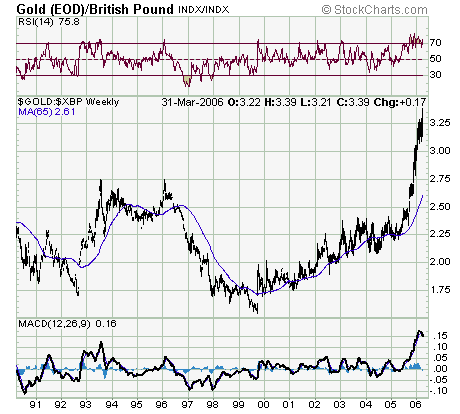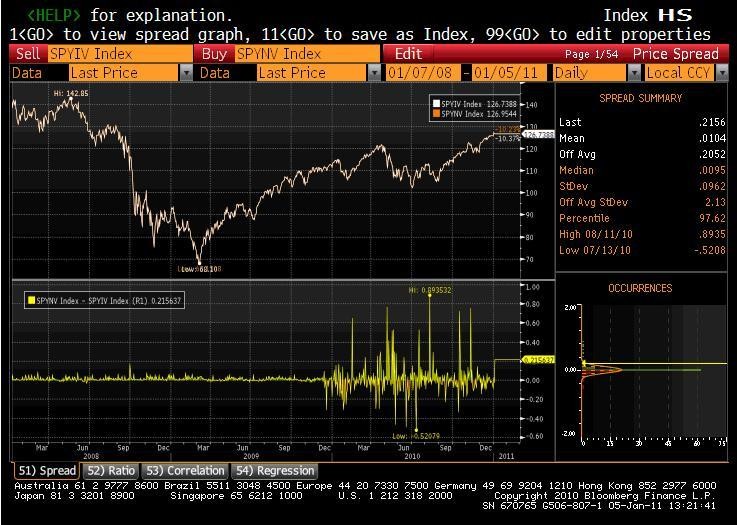How to Find the True Value of an ETF
Post on: 2 Июнь, 2015 No Comment

April 26th at 1:00pm by Tom Lydon
Yes, its always nice to get that fat payday at the end of a trade. Its equally important to know the hows and whats in an exchange traded fund (ETF) trade so that you may make timely and better-informed investment decisions.
ETFs are listed and traded like stocks, with their own bid/ask price, and the forces of supply and demand determine the current value at which someone may buy or sell an ETF, instructs Jessica Mead for City A.M. The spread between the bid/ask price mirrors the average spread of the underlying securities represented in an ETF, along with the traded volume and number of market makers. [7 Winning ETF Characteristics. ]
Mead comments that investors shouldnt focus on price alone but should also use complementary valuation methods. Investors looking at ETF performance over time as compared to the underlying index should look over net asset value (NAV), remarks Nizam Hamid, head of sales strategy at iShares. BlackRock ’s ETFs division.
NAV is the value of each share measured by the value of its underlying holdings and is calculated by using the closing prices of the underlying securities on their respective exchanges. The NAV is particularly useful in evaluating internationally-oriented funds, since global markets are open at different hours and the closing price will reflect a funds value at various points of the day. The NAV shows the last closing price on the relevant foreign exchange while the closing price of an ETF is listed as the funds last trade on a domestic exchange.
It should be noted that the NAV of funds that distribute dividends tend to grow when dividends are being paid out and will drop when the ETF holders are paid. The adjusted NAV of ETFs that reinvest the dividend is less critical to performance analysis.

Investors who need precise, up-to-date information during the day should use the intraday net asset value (iNAV) a measure of the continuous real-time, fair-value of an ETF calculated by Deutsche Boerse. The iNAV is available at any data vendor, including Google Finance. where it can be located by typing .iv after the ticker of any ETF. The iNAV provided added transparency, credibility and valuation of a fund in real time to investors. It is suggested to compare the bid/ask price to the iNAV to see if an ETF is being priced fairly.
For more information on ETFs, visit our ETF 101 category .
Max Chen contributed to this article.
The opinions and forecasts expressed herein are solely those of Tom Lydon, and may not actually come to pass. Information on this site should not be used or construed as an offer to sell, a solicitation of an offer to buy, or a recommendation for any product.














